Every year when the time comes to start a garden for the spring, we face the same question: should we set up a small DIY plant nursery and start our vegetables from seed this year, or opt for convenience and buy seedlings at a local market or garden center?
For me, the answer usually lies in the middle – every year, I start some from seed and buy some.
My process usually goes as follows:
- What vegetables do I really want to eat this year?
- Will growing them myself be worth it?
- Do I have the space to grow them?
- From experience, what was the success rate of growing them myself vs buying seedlings?
- Do I have quality seeds available (so I could grow it from seed if I wanted to)?
- If not, can I easily acquire those seeds?
While the three first questions are for a different article (I’ve written about which vegetables to grow for self-sufficiency here), let’s explore the questions that arise once we decide which vegetables to grow this year!
Starting from Seed: Controling the Whole Process
When I first moved to Spain, I had this romantic vision of starting every single plant in my garden from seed. But I soon learned that the choice between starting from seeds or buying seedlings isn’t as straightforward as it might seem.
Seed starting is both more rewarding and more challenging than most people imagine. When you start from seeds, you’re taking control of the entire growing process. You can choose the exact varieties you want to grow and buy seeds that you’ll never find as seedlings, experiment with heirloom vegetables, and potentially save a good amount of money in the long run.
But here’s where reality checks in: seed starting requires a considerable commitment of time, space, and attention. You need a consistent growing environment: not too hot, not too cold, not too wet, not too dry, not too windy, but well-ventilated. And you need the time to monitor your seedlings daily.
The Practical Appeal of Seedlings
In reality, there are times when purchasing seedlings makes perfect sense. Instead of planning for weeks in advance, being unable to go away for a few days while your seeds are germinating, and hoping that you’ll get a reasonable germination rate – you can just wake up one day and decide it’s a good day for getting seedlings into the ground.
When you buy healthy seedlings from a local nursery or at a seasonal market, you’re essentially buying time – someone else has already handled those crucial first weeks of growth. For busy gardeners, this can be the difference between having a productive garden and having none at all.
That being said, seedlings come with their own considerations.
Depending on where you live, they can get rather expensive: last summer, I saw a nursery in Belgium asking €2 per seedling for calendula – while you can get seeds for free from the side of the road (so to speak). Thankfully, prices are more reasonable here in rural Spain – around 10-20 cents per seedling for most vegetables, going down to 5ct or even less when they really need to get rid of them.
My biggest objection to buying seedlings locally, is that you’re limited to the varieties your local suppliers offer. In this area, these are rarely organic or heirloom varieties – but they’ll do the job just fine if you didn’t get to buy those seeds.
When to Sow Seeds or Buy Seedlings
What I’ve come to understand is that most successful home gardeners eventually develop a hybrid approach… and that’s exactly what I did. From my experience,
Seeds work best for:
- Easy-to-grow plants like beans, peas, and squash that can be directly sown
- Herbs that establish quickly like basil and cilantro
- Varieties you can’t find locally as seedlings
- Crops you want to grow in large quantities (because really, who wants a single calendula plant?)
- Experiments with unusual varieties like your neighbour’s heirloom tomatoes
Seedlings make sense for:
- Challenging plants with long growing seasons like peppers and eggplants
- When you’re getting a late start on the season
- If you’re just beginning your gardening journey
- When you only need a few plants of each variety
- As backup plants when your seed-starting efforts fail (and yes, this happens to all of us)
Learning to Let Go
Probably the most valuable lesson I’ve learned is that there’s no shame in adapting your approach based on your current reality. Some years, I have the time and energy to start everything from seed. Other years, life gets complicated or I’m visiting family in February, and I’m grateful for the yearly market that sells healthy seedlings.
Whether your tomatoes started as tiny seeds under grow lights or as sturdy seedlings from the local nursery, they’ll taste equally good when you harvest them in summer. In the end, the “best” choice is the one that helps you grow your own food while preserving your sanity. And that’s what it’s all about – finding sustainable ways to garden that work with your life.

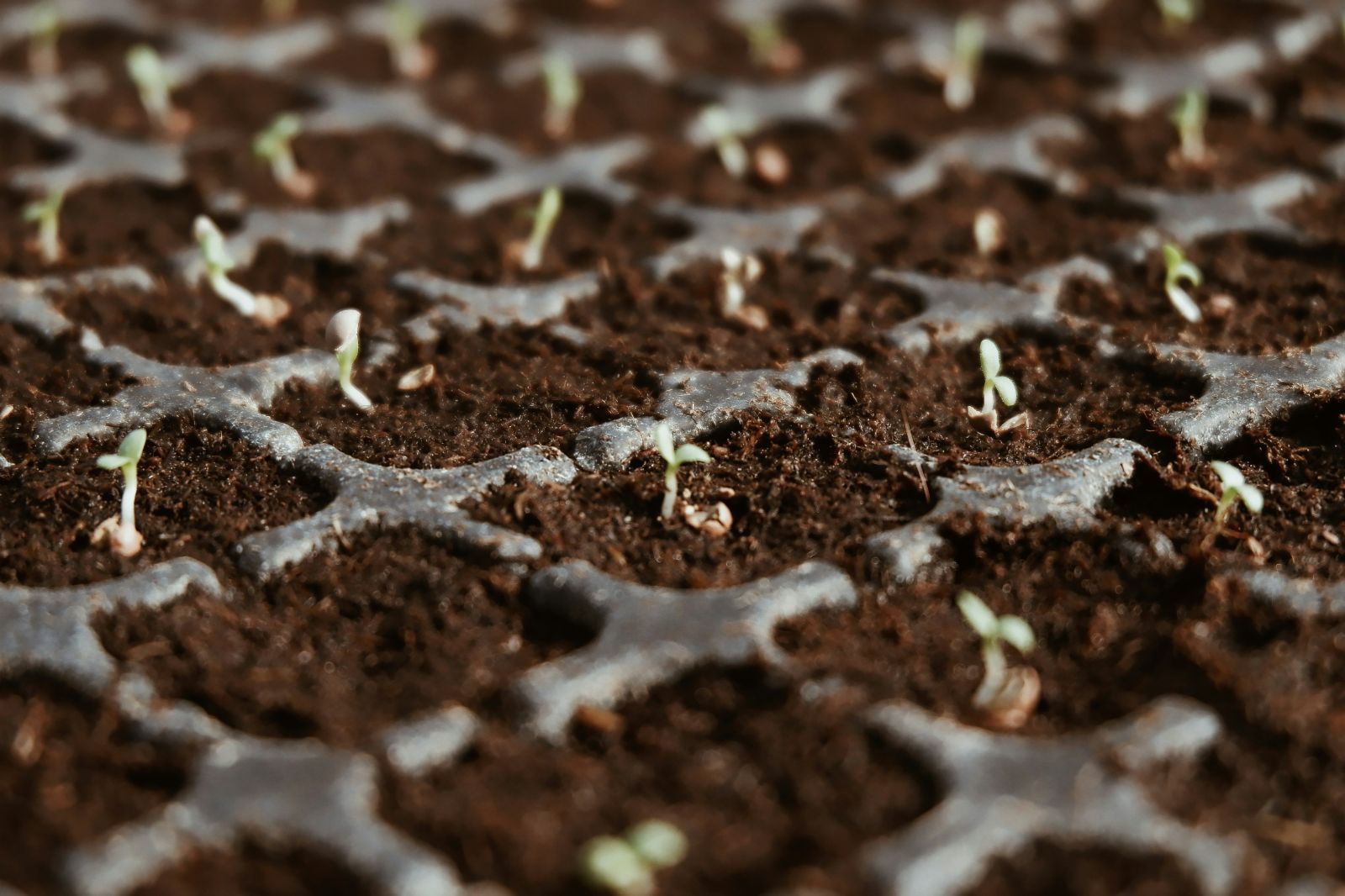
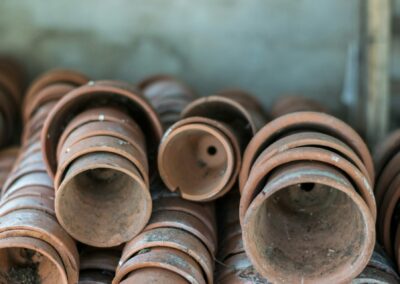
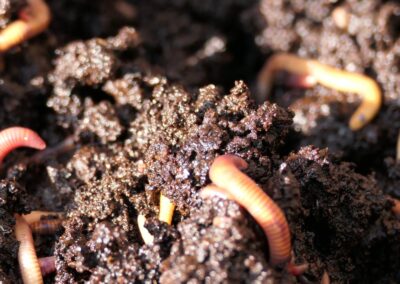
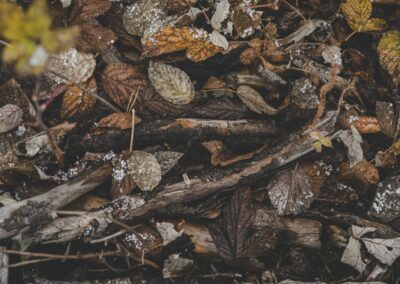
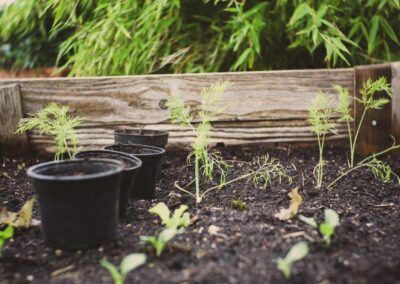
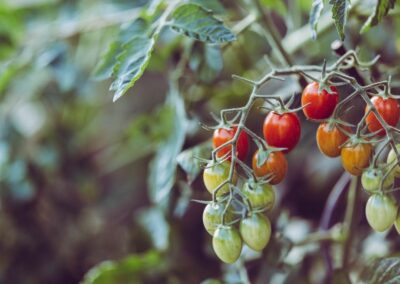
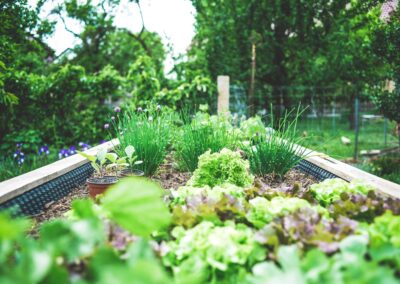
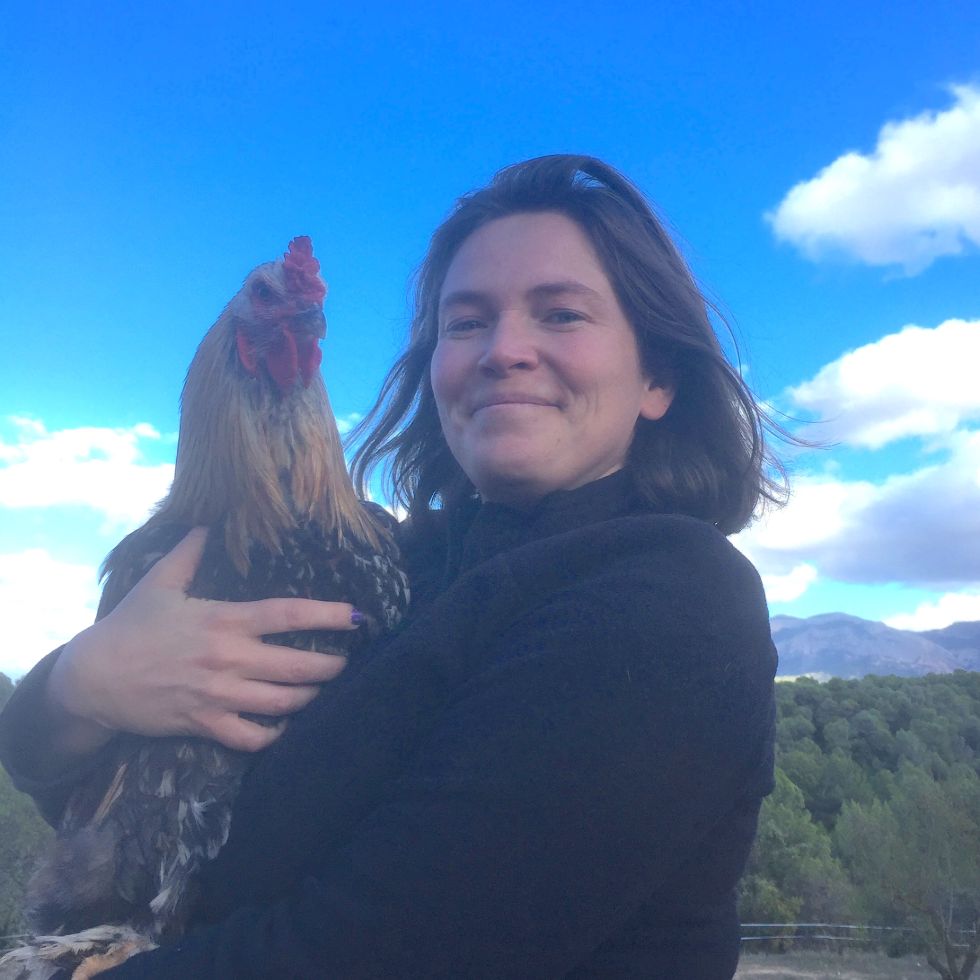
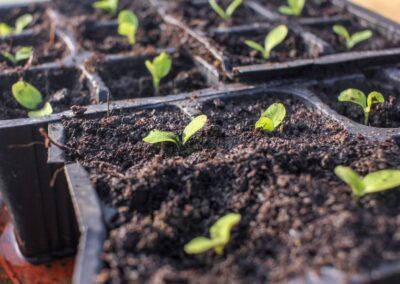
0 Comments